Current Issue (In Progress)
Volume -12, Issue - 2, December 2025
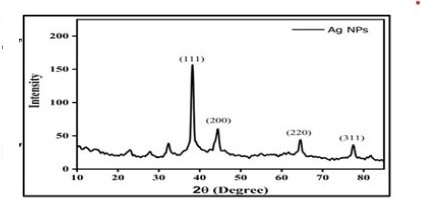
https://doi.org/10.29294/IJASE.12.2.2025.5370-5385
The successful preparation of silver nanoparticles (AgNPs) using Sapindus mukorossi (soapnut) fruit pericarp extract is ecofriendly and low-cost. The natural soapnut is nothing but a surfactant property that acts as a stabilizing and capping agent. The prepared AgNPs are employed to investigate the sensing of metal ions and antibacterial action. Due to a unique combination of high electrical... Read More

https://doi.org/10.29294/IJASE.12.2.2025.5386-5407
The process of wastewater treatment is one of the most serious environmental issues that require sustainable and effective solutions to decrease the number of pollutants and decrease the amount of sludge. This research will attempt to assess the performance and sustainability of hybrid bioreactor system using polyvinyl alcohol (PVA) gel beads and pumice stones as bio-carriers in wastewater... Read More
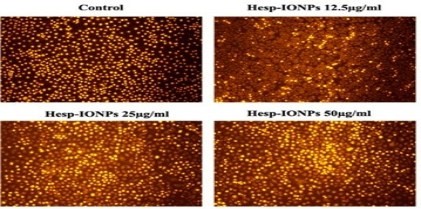
https://doi.org/10.29294/IJASE.12.2.2025.5408-5419
Hesperidin, a citrus bioflavonoid has been reported for its antioxidant and anti-inflammatory properties, however, the compound’s biomedical application has been restricted due to its poor solubility and bioavailability. Therefore, in the present study, hesperidin-encapsulated iron oxide nanoparticles (Hesp-IONPs) were synthesized using a co-precipitation method. The synthesized Hesp-IONPs was... Read More
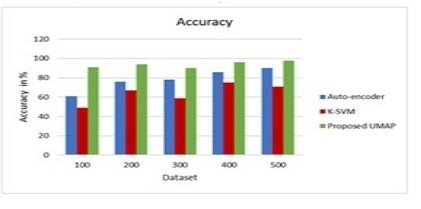
https://doi.org/10.29294/IJASE.12.2.2025.5420-5430
Dimensionality reduction is a crucial process in medical data mining, especially for predictive analytics involving high-dimensional clinical and biomarker datasets used in lung cancer diagnosis. These datasets often suffer from redundancy, noise, and the “curse of dimensionality,” making effective feature extraction necessary for accurate prediction and computational efficiency. This study... Read More

https://doi.org/10.29294/IJASE.12.2.2025.5431-5445
Modern high-rise structures frequently employ open ground floors sustained by floating columns to optimize usable area and improve aesthetics. This design, however, produces vertical flaws that diminish seismic performance. This research examines the seismic performance of G+9 reinforced concrete (RC) frame structures, both with and without floating columns, utilizing STAAD Pro and Response... Read More
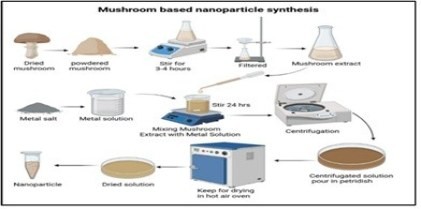
https://doi.org/10.29294/IJASE.12.2.2025.5446-5487
Nanoparticles derived from mushrooms have attracted a lot of attention lately because of their special qualities and possible medical uses. This manuscript provides a systematic overview of the diverse types of mushrooms utilized in nanoparticle synthesis, highlighting their nutritional profiles and the methods employed to produce these nanoparticles. The review focuses on the antimicrobial and... Read More
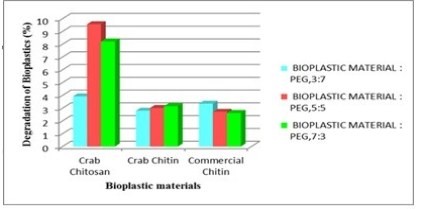
https://doi.org/10.29294/IJASE.12.2.2025.5488-5502
Globally, it is estimated that approximately 6 to 8 million tons of crab shell waste (CSW) are produced each year. CSW contains valuable substances, including chitin, chitosan, proteins, and calcium carbonate, which can be extracted and utilized in a range of industries. CSW valorization aligns with circular economy principles, promoting resource recovery and reducing environmental impact. A... Read More

https://doi.org/10.29294/IJASE.12.2.2025.5503-5512
The increasing need for eco-friendly and cost-effective enzyme production has driven interest in using agricultural and biowaste materials as fermentation substrates. This study aimed to optimize amylase production from Bacillus subtilis using rice gruel water and corn cob hydrolysate as sustainable substrates. B. subtilis was isolated from rhizosphere soil samples through the serial dilution... Read More
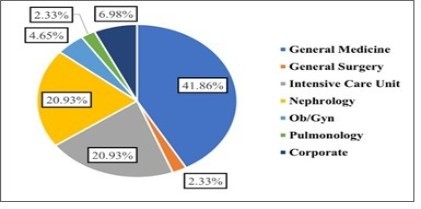
https://doi.org/10.29294/IJASE.12.2.2025.5513-5520
Sphingomonas paucimobilis is an emerging opportunistic pathogen with increasing relevance in hospital-acquired infections, particularly among patients with significant comorbidities and those requiring invasive medical interventions. This study presents findings from a tertiary care hospital in Tamil Nadu, India, where an outbreak of S. paucimobilis bloodstream infections occurred over a... Read More
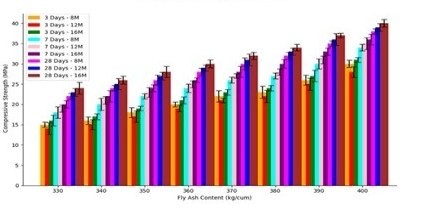
https://doi.org/10.29294/IJASE.12.2.2025.5521-5551
The study focuses on how the amount of fly ash; the concentration of an alkaline solution and the curing time determine the mechanical properties and workability and durability of geopolymer concrete (GPC). The conducted study has a few pioneering elements, such as a systematical comparison of the molarity level (8M, 12M, 16M), the Alccofine as an additional source, and Decision Tree regression... Read More
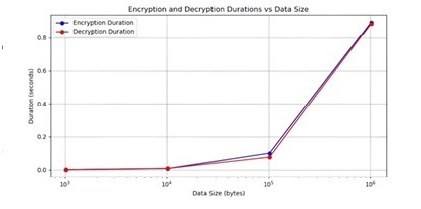
https://doi.org/10.29294/IJASE.12.2.2025.5552-5563
In this article, we established an innovative application of number theory in the field of cryptography. We introduce the concept of ‘Duo-triples’ from the motivation of Diophantine triples and establish the necessary and sufficient conditions for their existence, supported by numerical illustrations validated through MATLAB algorithms. We delve into their cryptographic applications,... Read More
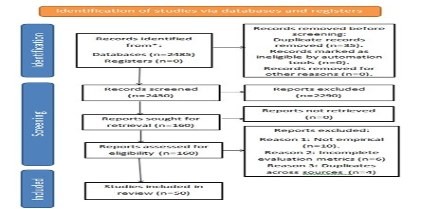
https://doi.org/10.29294/IJASE.12.2.2025.5564-5592
This paper compares the machine learning methods for fake news detection, including traditional algorithms (Naive Bayes, Logistic Regression, SVM, Decision Tree, K-Nearest Neighbors, Linear Regression), deep learning models (CNN, LSTM, RNN, GRU, BERT, RoBERTa), and ensemble methods (Random Forest, XGBoost, AdaBoost, CatBoost, Bagging, Boosting, Stacking, Voting Classifier). Accuracy, precision,... Read More

https://doi.org/10.29294/IJASE.12.2.2025.5593-5601
Peanut (Arachis hypogea) belongs to legume family. Its oil prevents heart disease and lowers cholesterol. The peanut kernels are infected by the fungus Aspergillus due to poor storage conditions. So, the groundnut oil extracted shows undesirable properties. The fungal growth is prevented by electron beam irradiation. This study aims to assess the effect of electron beam irradiation on the... Read More
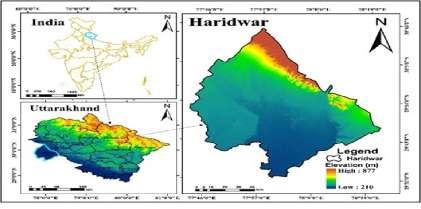
https://doi.org/10.29294/IJASE.12.2.2025.5602-5616
Monitoring land use and land cover (LULC) dynamics is essential for sustainable land management in regions experiencing rapid urbanization and environmental change. This study analyses the spatiotemporal transformation of LULC in Haridwar district, Uttarakhand, India, over a 15-year period (2008–2023) using multi-temporal Landsat imagery and a Support Vector Machine (SVM) classification... Read More

https://doi.org/10.29294/IJASE.12.2.2025.5617-5632
This study details the green synthesis of silver nanoparticles (AgNPs) utilizing Terminalia catappa leaf extract and their incorporation into biochar (BC) sourced from coconut coir waste, targeting the efficient elimination of hexavalent chromium [Cr(VI)] and nigrosine B dye from aqueous solutions. A quick change in color from light yellow to dark brown showed that Ag NPs were synthesized.... Read More
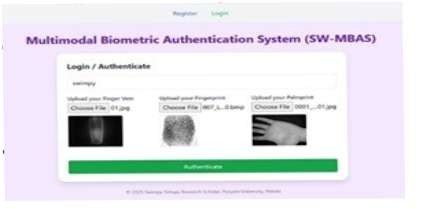
https://doi.org/10.29294/IJASE.12.2.2025.5633-5646
The widespread use of biometrics to authenticate the person’s identity has raised security and privacy concerns for the stored biometric templates. These templates once compromised cannot be reissued like the traditional passwords. Therefore, there is a great need to embed template security in biometric authentication systems. To address this, the paper suggests a privacy-preserving secure... Read More
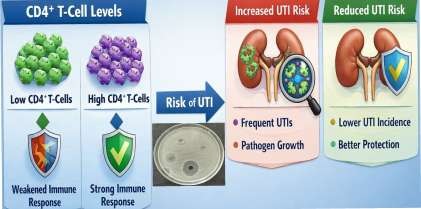
https://doi.org/10.29294/IJASE.12.2.2025.5647-5656
Urinary tract infections (UTIs) represent a major public health concern, with over 10 million cases reported annually in India. Among resource-limited tribal populations, such as the Naga communities of Nagaland, restricted access to healthcare and reliance on traditional medicine may exacerbate UTI risk. This cross-sectional study assessed UTI prevalence, uropathogen distribution, antibiotic... Read More
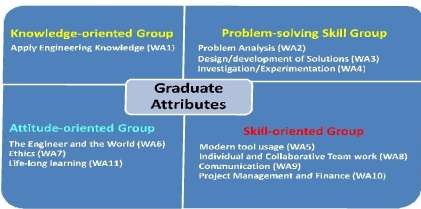
https://doi.org/10.29294/IJASE.12.2.2025.5657-5674
Education 4.0 with the use of Revised Bloom’s Taxonomy of educational learning objectives has led to a greater focus on Outcome-based Education (OBE). Engineering education is an outcome-based education and the outcome is a combination of Knowledge, Skill and Attitude profiles attained by the Learner/Graduate as defined in GAPC 4.0. So, Outcomes refer to the Graduate Attributes and... Read More
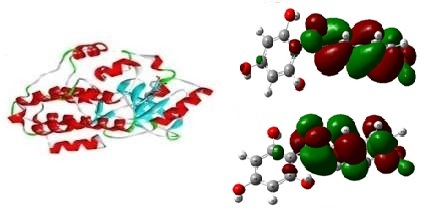
https://doi.org/10.29294/IJASE.12.2.2025.5675-5698
Using extensive in silico analysis, the current study explores chalcone and its synthetic chalcone derivatives (CD1 to CD15) as possible anticancer agents against lung cancer target proteins. Molecular docking research revealed significant binding affinities; docking scores ranging from -6.3 to -9.9 kcal/mol. CD12 chalcone derivative showed the highest docking score (-9.9 kcal/mol) among the... Read More
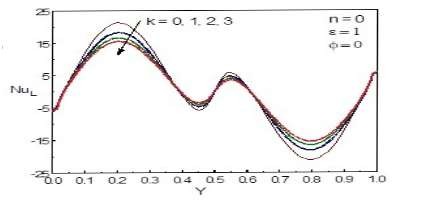
https://doi.org/10.29294/IJASE.12.2.2025.5699-5713
The present study numerically investigates the influence of sinusoidal thermal boundary conditions imposed on the sidewalls of a square chamber on natural convective flow and heat transfer of a micropolar fluid. The vertical sidewalls are subjected to non-uniform thermal conditions characterized by a sinusoidal temperature profile consisting of alternating heating and cooling zones, defined by... Read More
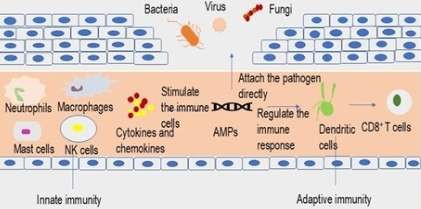
https://doi.org/10.29294/IJASE.12.2.2025.5714-5737
Bacterial infections are becoming intricate in dental therapy due to the rise of antibiotic resistant pathogens. Promising therapeutic candidates as alternatives to antibiotics may include antimicrobial peptides (AMPs) derived from bacteria, plants, animals, milk products and synthetic sources. This study investigates the therapeutic potential of antimicrobial peptides (AMPs) as alternatives to... Read More

